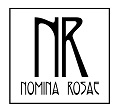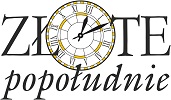Media Tempora
In the 12th and 13th centuries garments worn by men and women were very similar in cut and style. They were usually loose tunics. In the beginning of the 14th century the developing tailoring craft was accompanied by the need to create a new, slimmer silhouette and to underline the differences between sexes. Women started wearing long dresses fitting in the bosom with neckline revealing the shoulders. Men started wearing shorter and shorter attires, more fitting, preferably with the chest profiled to achieve the desired shape of the silhouette. In the second half of the 14th century parallel to the very fitting attires fashion, a very wide attire with long sleeves and train, called houppelande in France, was created. This garment was deemed adequate for people of high standing, because it allowed for dazzling with the use of vast amounts of expensive textile used to create it and also to flaunt with intricate embroidery and decoration of pearls and gemstones.
In the medieval times clothing had several functions – not only did it protect the wearer from the harsh climate, but was also in itself a mean of manifesting the social position of the wearer, his function, status, corporative membership etc. Medieval people also turned attires into special medium of various additional information that they wanted to convey. That’s why rich people, to display their powerful position, were keen to wear clothes sewn with expensive textiles in fashionable colors, decorated with embroidery and applications. Everything was topped off with valuable jewelery – adornments in the form of chains, adjournments, brooches, intricately decorated belts etc.





